
Electric Scooter vs Petrol Scooter: Which Is Better?
Thinking about whether to go electric or stick with petrol for your next scooter? It's not an easy call—there's a lot to weigh up: cost, maintenance, range, power, and, of course, how much each scooter pollutes.
Electric scooters tend to be quieter, emit no tailpipe emissions, and cost less to operate thanks to lower maintenance and electricity costs. Petrol scooters, however, generally go farther, reach higher speeds, and offer a familiar riding feel. The best pick depends on your priorities: environmental impact, travel distance, and budget all influence whether electric or petrol is right for you.
When you dig a bit deeper, this choice is about more than just money or speed. It's about daily convenience, air quality, and maybe even the future of how cities move.
Electric scooters have exploded in popularity. Lower running costs and fewer emissions are big reasons why. Petrol scooters still have loyal fans—some folks just want that extra range or the punchier top speeds.
Electric Scooter vs Petrol Scooter: What’s The Difference?
Choosing between electric and petrol scooters is really about how they work and what you feel when you ride. The power source changes your experience, your costs, and how much you impact the environment.
|
Feature |
Electric Scooter |
Petrol Scooter |
|
Power & Ride Feel |
Instant torque, smooth, nearly silent, speeds suited to city riding (70–90 km/h) |
Classic engine feel with gradual power delivery; higher top speeds (90–100+ km/h) |
|
Noise & Emissions |
Zero tailpipe emissions, very quiet, low environmental impact |
Produces CO₂, NOₓ, particulate emissions; louder and vibration-prone |
|
Upfront Cost |
Slightly higher – ₹90,000–1,40,000; backed by FAME II subsidies (~₹10,000/kWh capped at 15–40%) |
Typically cheaper – ₹70,000–1,00,000, with no subsidies |
|
Running Cost per km |
Very low: ~₹0.15–0.40/km (electricity cost) |
Higher: ~₹2.00–3.00/km due to petrol prices |
|
Maintenance & Parts |
Fewer moving parts; occasional battery replacement after 3–5 years |
Frequent servicing – oil changes, spark plugs, filters; more parts to replace |
|
Range & Refueling |
80–150 km per charge; charging takes hours, though fast-charging is emerging |
200–300 km per tank, refueling in minutes, widespread petrol stations |
|
Environmental & Noise Impact |
Cleaner air, quieter neighborhoods |
Higher emissions, louder, more pollution |
|
Suitability |
Great for city commuting, daily use, eco-conscious riders |
Better for long-distance travel, highway use, areas lacking charge points |
Defining Electric Vs Petrol Scooters: Powertrains, Mechanisms, Rider Feel
Electric scooters run on battery-powered motors. You just plug them into a wall outlet to charge. No gasoline, no exhaust, and barely any engine noise.
They're quieter and simpler to maintain—no oil changes or spark plugs to mess with. Fewer moving parts mean fewer things to break.
Petrol scooters use internal combustion engines. Some need a mix of oil and petrol (2-stroke), others just petrol (4-stroke). They need regular fill-ups and more complicated maintenance, like oil changes and air filter swaps.
The engine makes more noise and gives you that classic scooter buzz and vibration.
When you ride, electric scooters are almost silent and super smooth. You get instant torque, so they take off fast, but usually don't hit the same top speeds or range as petrol scooters.
Petrol scooters feel beefier on long rides and you can refuel fast, but they're louder and pump out exhaust.
Want to compare performance? See how electric torque stacks up in How Fast Does a 50cc Scooter Go? Top Speed Guide.
Cost Comparison: Upfront And Long‑Term
isinwheel® S9Max Electric Scooter for Adults 500W
The price tag on day one and what you pay over the years can look really different for electric vs petrol scooters. Each has its own set of costs—from the initial purchase to what you shell out for fuel or charging and keeping everything running smoothly.
Purchase Price And Government Incentives
Petrol scooters usually cost less upfront. In India, you can snag a basic petrol scooter for around ₹70,000. Electric scooters with similar features typically start closer to ₹1,00,000.
But wait—many governments now offer incentives to make electric scooters more affordable. In India, the FAME II scheme gives up to ₹15,000 off per kWh of battery. Some states even skip road tax and registration fees for electric scooters.
Petrol scooters don't get those perks, so what you see on the sticker is pretty much what you pay. Want to save long-term? Check for the latest electric scooter deals and tax breaks in your state before you decide.
Fuel Vs Charging Costs & Maintenance
Petrol scooters burn a hole in your pocket with every ride. Petrol in India often goes for more than ₹100 a litre. If your scooter gives 40-50 km per litre, you're looking at about ₹2-2.5 per km.
Electric scooters are way cheaper to charge. A full charge might set you back ₹15-20 and gets you 80-100 km. That boils down to under 25 paise per km.
Electric scooters need less maintenance since they don’t have engine oil, spark plugs, or air filters. That means fewer trips to the service center. Petrol scooters need more frequent check-ups and part swaps.
Electric scooter batteries may need replacing after 4–6 years, which can be a bit of a shock to the wallet. It's smart to keep that in mind.
Charging points are popping up in cities, making electric scooters easier to use for daily commutes. Petrol stations still outnumber them, but the gap is closing as more charging stations appear.
Range And Refuelling vs Recharging
Range and how you "fill up" are big factors here. The distance you can go per tank or charge, and where you can top up, will shape your daily routine more than you might expect.
Petrol: Longer Range And Quick Fill‑Ups
Petrol scooters usually travel much farther on a full tank than electric scooters do on a single charge. Many petrol models can go 200–300 km before running low, so they're great for longer rides or bigger commutes.
When you need to refuel, just pull into nearly any petrol station—city or town. It takes less than five minutes, so you’re back on the road fast.
With bigger tanks and fast refills, petrol scooters are a favorite for people who ride far from home or in places where charging stations are rare. You don't have to worry about running out of juice or hunting for a charger.
Electric: Ideal For Short Urban Trips, Slower Charging
Most electric scooters today offer 80 to 150 km per charge. That covers daily city commutes or quick trips, but not epic journeys. Battery tech is getting better, and fast-charging helps, but you still have to plan ahead for longer rides.
Charging usually takes four to six hours with a standard charger. Some scooters support fast charging (under an hour), but those stations are still rare outside big cities.
The upside? You can charge at home with a regular socket. Public charging spots are increasing, but they're still tough to find in smaller towns. If you mostly ride in the city and can charge at home or work, an electric scooter is hard to beat for convenience and savings.
They're also whisper-quiet and don't spew out tailpipe emissions, which is a big deal if you care about clean air. The catch: charging takes time, and you'll need to plan your routes around where you can plug in.
Performance And Ride Experience
isinwheel® S10MAX SUV Electric Scooter 1000w
Electric and petrol scooters feel very different on the road. What really stands out? Speed, acceleration, sound, and comfort—especially during the daily grind.
Electric: Instant Torque, Quiet Ride, Limited Top Speed
Take something like the Ather 450X. It delivers instant acceleration as soon as you twist the throttle. The electric motor gives you all its torque right away, so you zip off the line at traffic lights.
The ride is nearly silent—no engine roar, just a gentle whirr. Super peaceful, honestly. The lack of vibration also makes it smoother than a petrol scooter.
Most electrics top out between 70 and 90 km/h. That’s fine for city streets, but you might feel a bit boxed in on highways. The Ather 450X, for example, hits about 90 km/h. Some electric scooters throw in smart features like app connectivity, navigation, and ride modes to make your daily rides easier.
Electric scooters work best for short to medium city trips. They’re comfy and tech-forward. No hot engine parts to worry about when you park, and you spend less time (and money) on maintenance.
Key Points:
- Instant throttle response
- Very quiet and smooth ride
- Speeds suited to city riding
Also explore our electric trail scooter collection next to discover powerful e-scooters made for rugged paths.
Petrol: Higher Speeds, Noisy And Vibration‑Prone
Petrol scooters can hit higher top speeds—sometimes over 90 or even 100 km/h. That’s pretty handy for longer rides or if your commute throws in a highway stretch.
Acceleration doesn’t feel as instant as electric, but some folks actually like the way the power builds up. There’s a certain charm in that gradual surge.
The engines make a distinct, often loud, sound. You’ll notice the vibrations, especially if you’re really pushing the speed or riding for a while.
Some riders love that classic scooter feel, but it can get tiring in heavy traffic or on long trips. If you’re sensitive to noise or vibration, it might wear you out faster than you’d expect.
Refueling is fast—just a few minutes at any gas station and you’re good to go. That’s a relief if you’re always on the move or don’t want to mess with charging.
On the flip side, petrol engines need more attention. Think oil changes, tune-ups, and other regular servicing.
Key Points:
- Higher top speeds for fast or long-distance travel
- Noticeable engine noise and vibrations
- Fast refueling but increased maintenance needs
Need to balance power and portability? Read Electric Scooter Weight Limits: What Riders Need to Know for expert guidance.
Environmental And Noise Impact
isinwheel® GT2 Off Road Electric Scooter 1200W
When you compare scooters, air quality and noise really stand out. These differences can totally change how you feel about riding—or how your scooter affects everyone nearby.
Electric: Zero Tailpipe Emissions, Low Noise
Electric scooters don’t give off any tailpipe emissions while you’re out riding. No carbon dioxide, nitrogen oxides, or particulates—none of that stuff clouds up the air behind you.
That’s a big deal for city life, where pollution is a headache. Riding electric just feels better for the environment, plain and simple.
They’re also super quiet. Instead of engine roar, you’ll mostly hear the soft whir of the motor or maybe just the tires on the road.
Less noise means a calmer ride and less stress for everyone around. If you zip past schools or parks, you’ll notice the difference.
Since electric scooters don’t burn fossil fuels while you’re riding, they help keep the air cleaner—especially in busy neighborhoods. For anyone who’s spent time in traffic, that’s a huge plus.
Petrol: CO₂, NOx, Particulates And Loud Engines
Petrol scooters run on internal combustion engines, so every ride sends CO₂, NOx, and other pollutants into the air. These gases don’t just vanish—they stick around and can make breathing harder, especially if there are lots of scooters in one spot.
Burning petrol also spits out fine particles. If you have asthma or breathing issues, you might notice your symptoms get worse on busy streets.
The engine noise? It’s hard to tune out. Petrol scooters are much louder than electrics, and that can make life noisier for everyone—especially if you’re out late or early.
If you ride petrol, you’ll feel the vibrations and hear the engine just about everywhere. Loud engines can bug people in homes, schools, and even some wildlife along the road.
Curious about real-world experience? Get insider insights in 5 Things You Will Only Know After Owning an Electric Scooter.
Maintenance And Durability
Electric scooters and petrol scooters are pretty different when it comes to upkeep and how long their parts hang in there. Picking the right one might save you time and cash down the road.
Electric: Fewer Moving Parts, Battery Life 3‑5 Years
Electric scooters keep things simple. They don’t have an engine or exhaust system, so there’s less to go wrong.
Mostly, you’ll be checking tires, tightening bolts, or swapping brake pads now and then. Maintenance costs stay low compared to petrol models.
The battery is the big thing you’ll eventually have to replace. Most electric scooters use lithium-ion batteries that last around three to five years.
Battery swaps can get pricey, but you don’t need to do it often. No oil changes, no engine tune-ups, no filters—just the basics.
Other parts usually last a good while if you don’t abuse your ride. Over time, most riders save money since electricity is cheaper than petrol.
Seeking smooth, everyday independence? Explore our mobility scooter collection for easy, reliable rides around town.
Petrol: Requires Oil Changes, Spark Plugs, Tune‑Ups
Petrol scooters come with more complex engines, so they need regular attention to keep running well.
You’ll need oil changes and have to check or replace spark plugs and air filters. Skip these, and your scooter might start acting up—or just quit on you.
Tune-ups help the engine stay smooth. Mechanics usually suggest a check-up every few months, especially if you use the scooter daily.
There are more moving parts in a petrol engine compared to an electric motor. More stuff, more chances for something to break.
With good care, petrol scooters can last years, but you’ll spend more on maintenance. Parts like belts, filters, and fluids add up over time.
You don’t have a big battery to replace, but the regular servicing makes the total cost higher for a lot of folks.
Final Thoughts: Which Scooter Should You Choose?
Deciding between electric and petrol scooters? It really comes down to what you need most. Where you ride, how much you want to spend, and whether you care more about clean and quiet travel or having a bit more speed and range—all of that matters.
Choose Electric If You Commute In Town And Want Savings, Clean Air, Quiet Ride
Electric scooters make city rides simple and easy on the wallet. Charging one costs way less than filling up with petrol, and you won’t annoy your neighbors with engine noise.
They’re quiet, and with fewer moving parts, you don’t have to worry much about breakdowns or oil changes. Plus, you’ll keep the air cleaner—no exhaust fumes trailing behind.
Many cities now support electric rides with special parking, lower taxes, or charging spots. If your daily ride is under 60–100 km and you’ve got somewhere to plug in, electric is hard to beat.
For short urban trips, electric models just keep things easy.
Choose Petrol For Long Trips, Fast Refuel, Wide Service Options
Petrol scooters are for you if you need to go farther or don’t want to think about charging. You can usually ride over 200 km on a tank, and filling up is super fast at any gas station.
Repairs and parts are easy to find—almost every shop can help with petrol scooters. They’re a bit more powerful and faster too, so highways or carrying more stuff isn’t a problem.
If your commute is long, hits highways, or you want easy access to mechanics, petrol scooters still make sense.
Wondering which ride suits you best? Dive into Electric Scooter vs Electric Bike: Which Is Right for You? to find your perfect match.
Frequently Asked Questions
Which is better electric scooter or petrol scooter?
Electric scooters are cleaner and quieter. They run on batteries and don’t pump out emissions, so they’re better for the environment—especially in crowded cities.
They’re often cheaper to run, too. Charging costs way less than filling up, and maintenance is simpler since there aren’t as many parts to break.
Petrol scooters go farther on a tank and reach higher speeds. If you’ve got a long commute or no charging stations nearby, petrol might work better for you.
Are electric scooters better than regular scooters?
Electric scooters are great for daily, short trips. If you’re mostly in the city, their easy charging and light weight are a big plus.
Petrol scooters are more common for long rides or higher speeds, and it’s easier to refuel since petrol stations are everywhere.
Electric scooters give you a smoother, quieter ride—no oil changes, no exhaust. In cities, electric is tough to beat. For longer rides or if you’re far from charging points, petrol might be the way to go.
Is it worth it to get an electric scooter?
You save money and deal with less maintenance when you go electric. Charging usually costs just a fraction of what you’d spend on petrol each month.
Modern electric scooters are more reliable than older ones. Batteries now last longer—often three years or more before you need a new one.
If you care about noise or clean air, an electric scooter is a smart choice. Just make sure your daily rides fit the battery range and you’ve got somewhere to charge up.
Can you use an electric scooter like a regular scooter?
You can use an electric scooter for most of the same trips as a petrol scooter. If your daily travel stays under 50-80 kilometers, it works out pretty well.
Charging takes a few hours. You can just plug it in at home or at work, which is convenient enough for most people.
Just a heads-up: electric scooters usually have a lower top speed and shorter range. They might not feel right for highways or long rides outside the city.
Local charging infrastructure makes a difference too. If chargers are tough to find, that could get annoying.
For most city trips, riding one feels pretty much like a regular scooter. You turn it on, twist the throttle, and off you go.
The main thing is you’ll plan around battery life, not petrol stops. It’s a small shift, but you get used to it.
The Latest Posts
Explore isinwheel products
City E Scooter | Off-Road Scooter
Fastest Scooter | Kids Scooters
electric scooter vs petrol scooter ·


















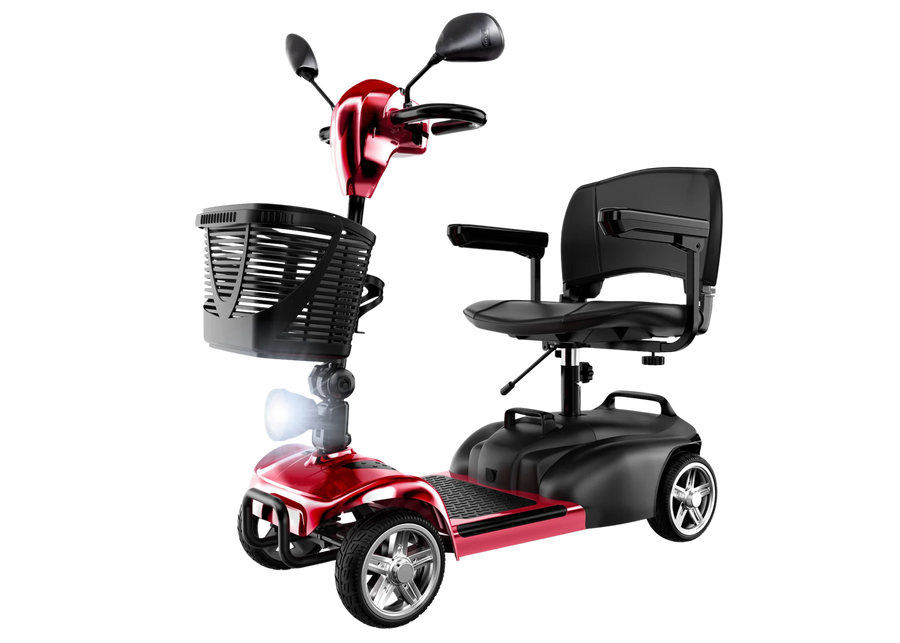






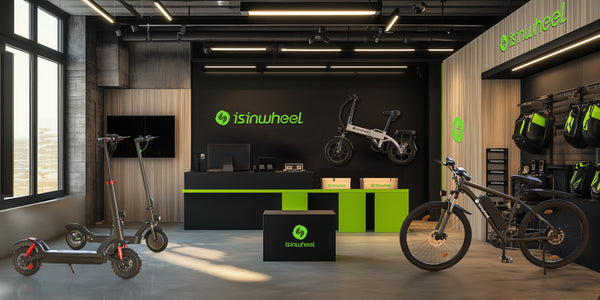
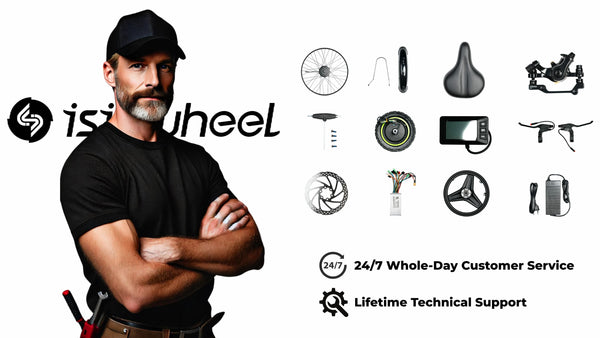



















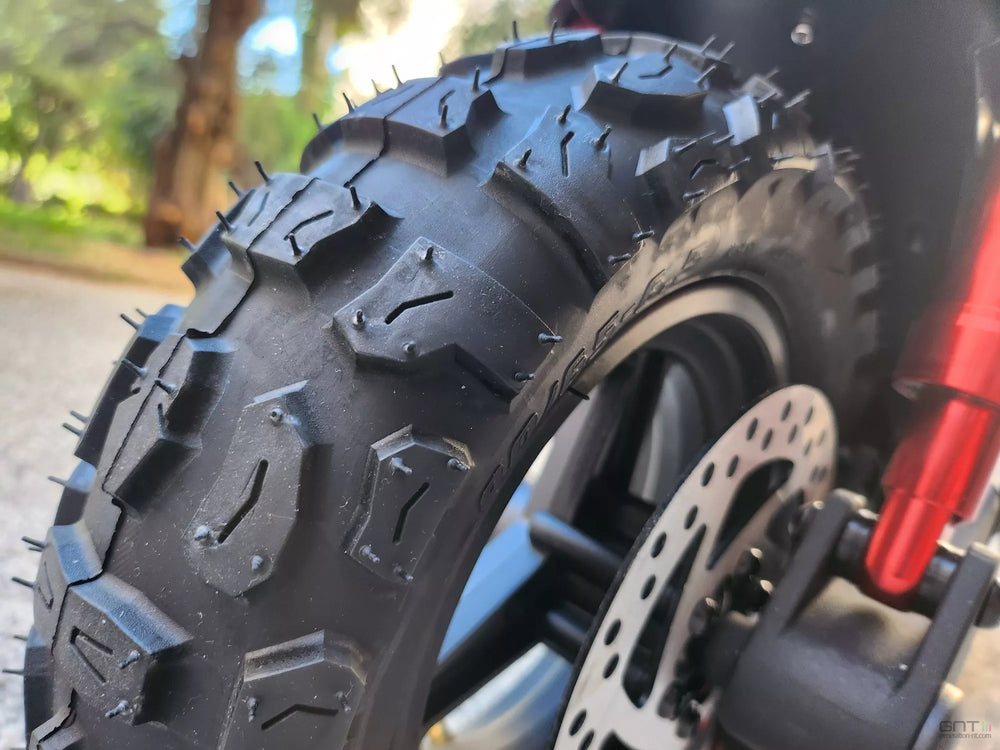
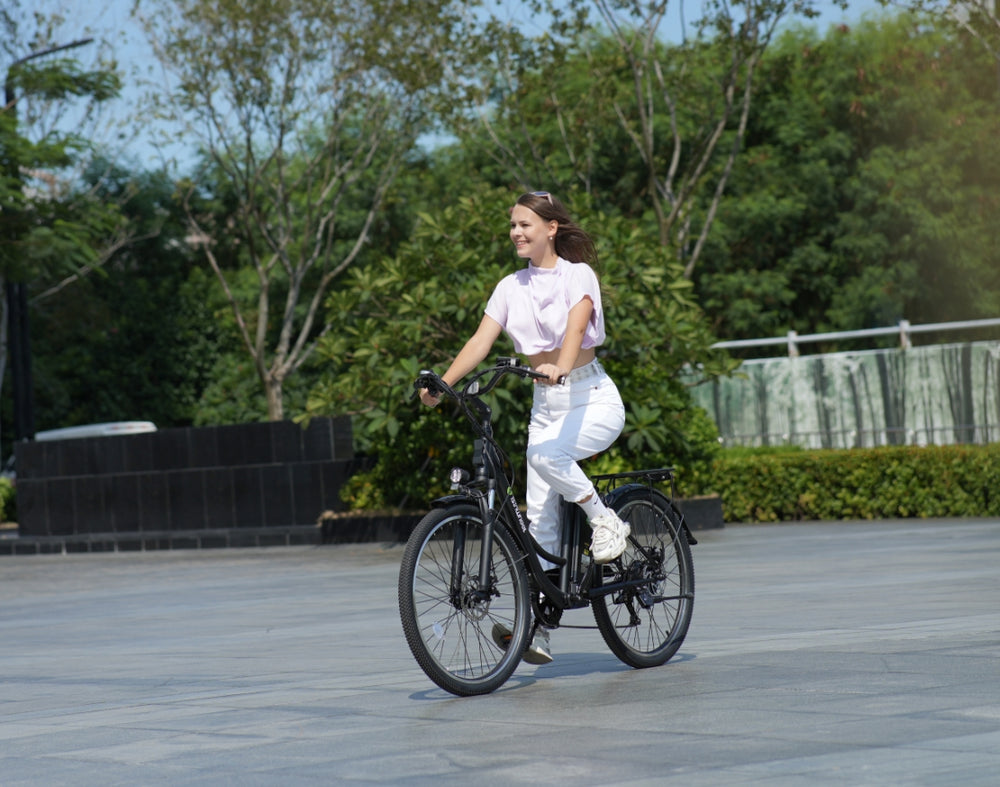
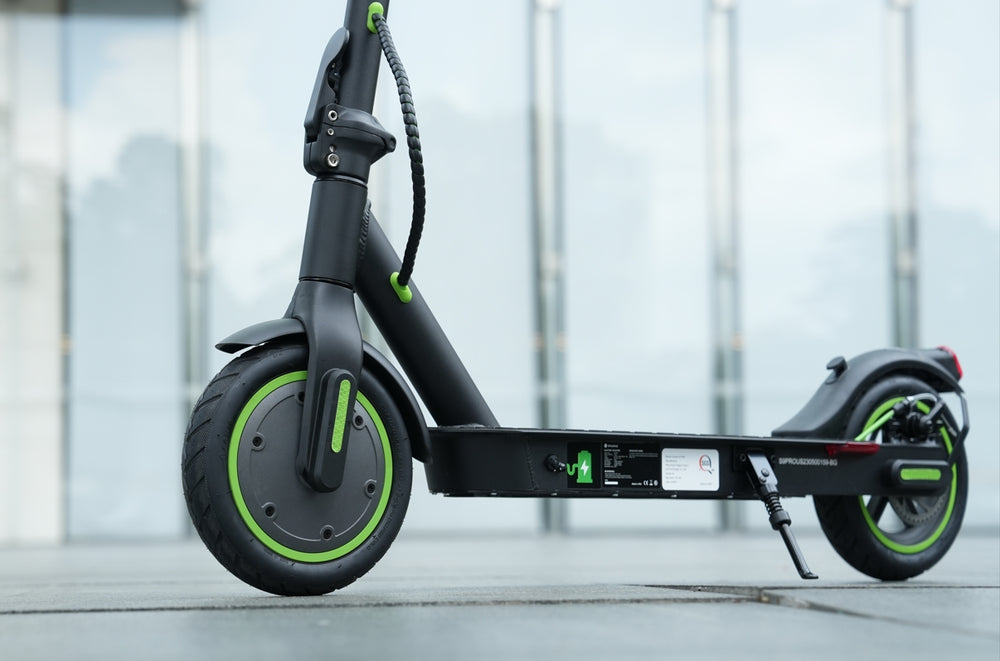
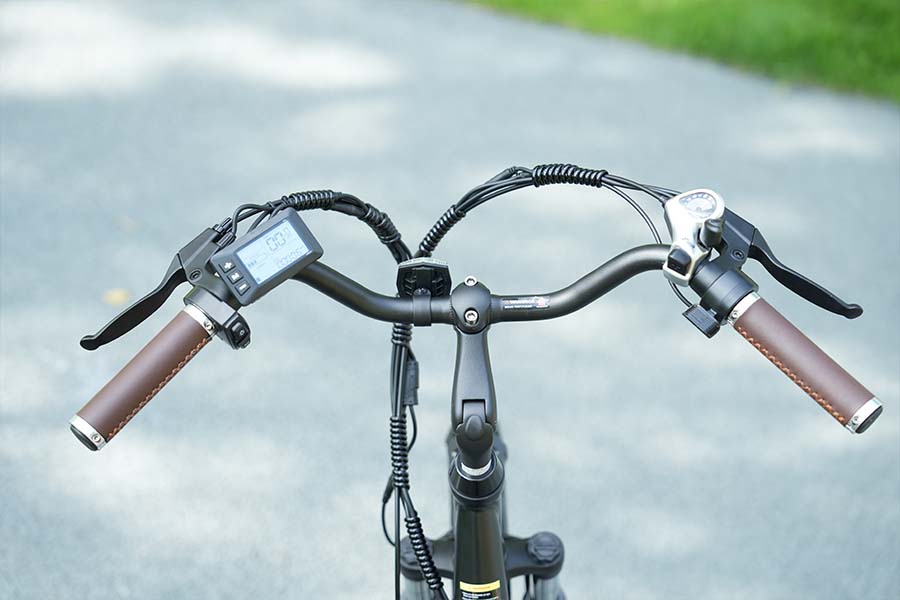
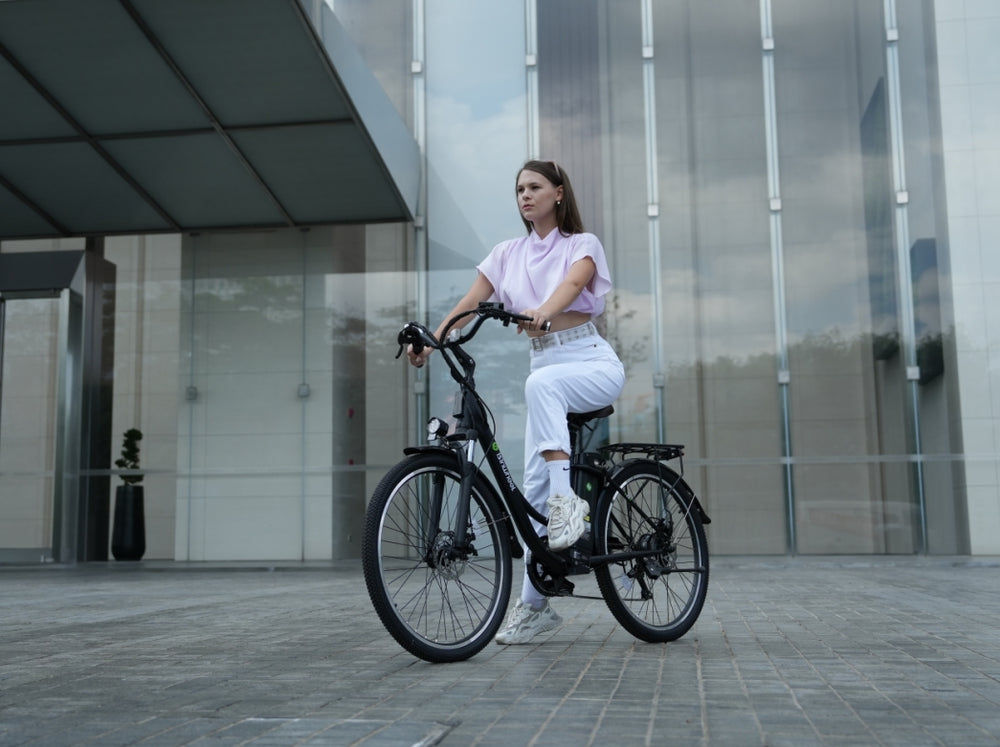
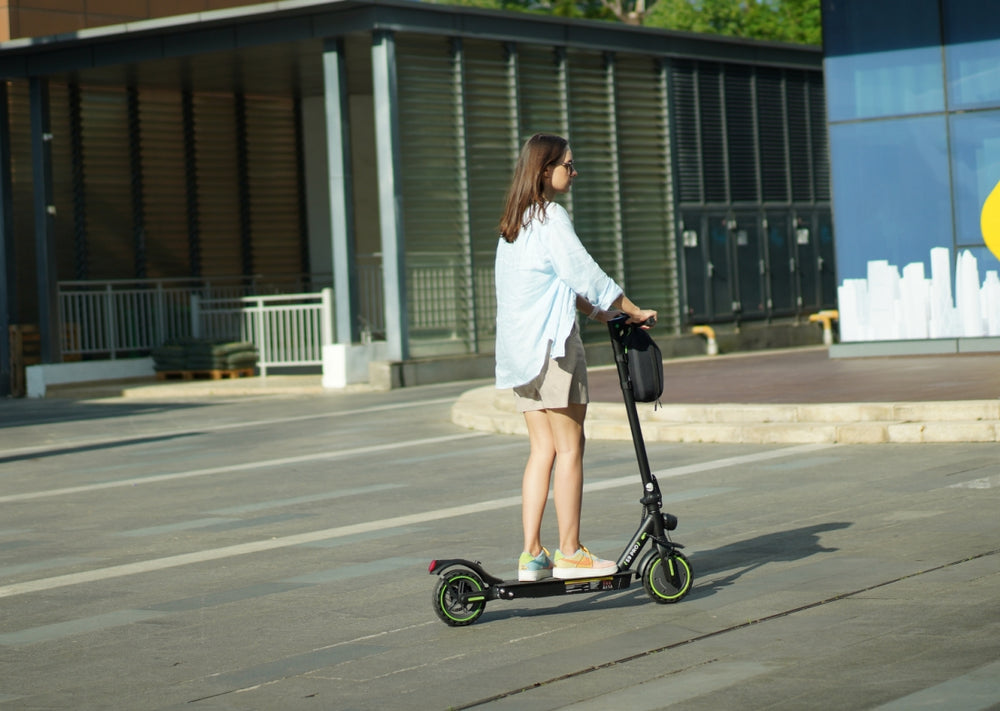
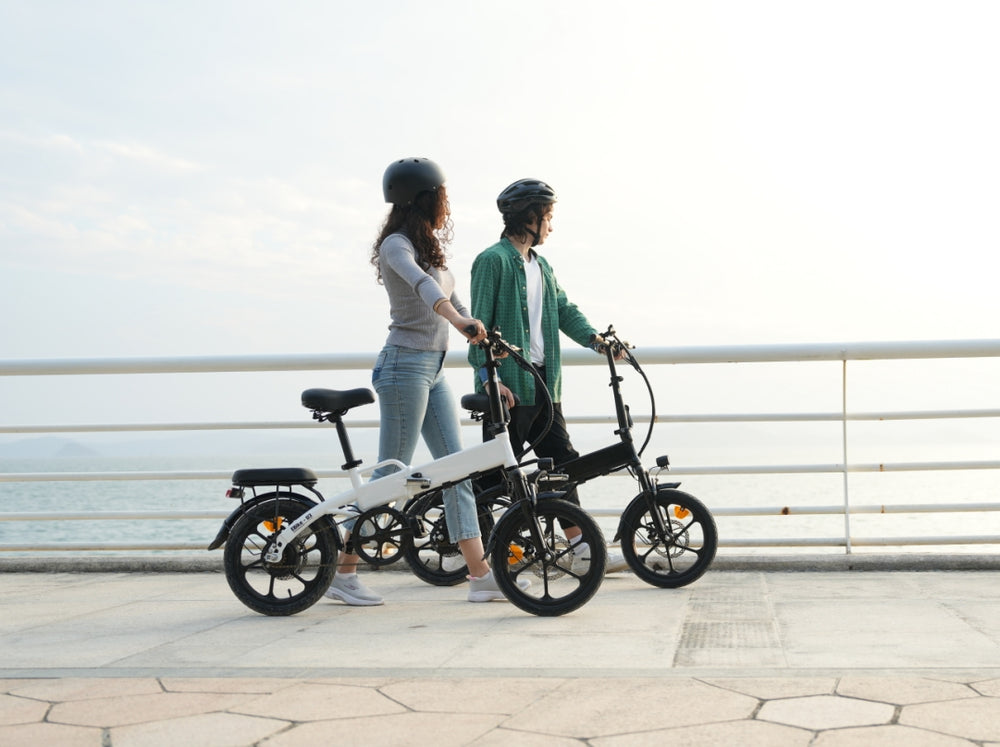

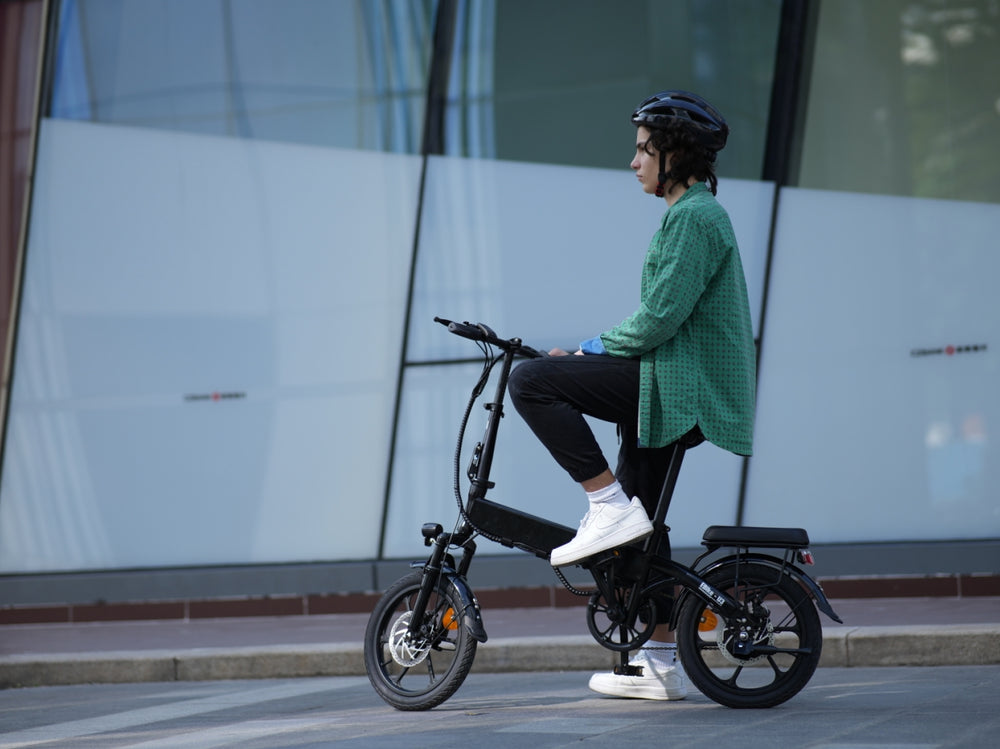
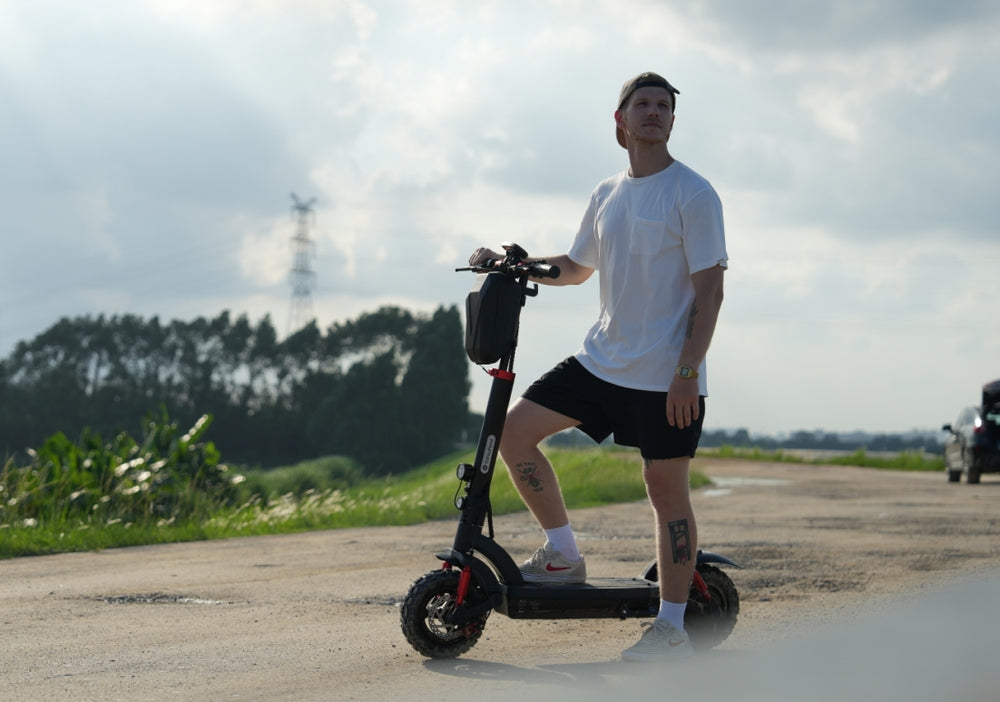
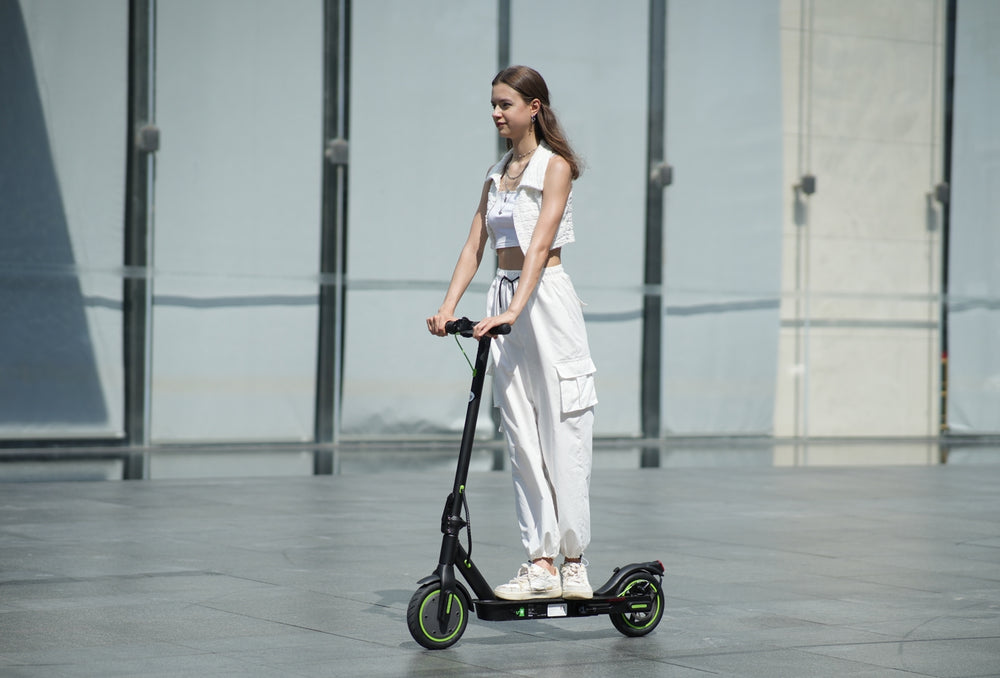
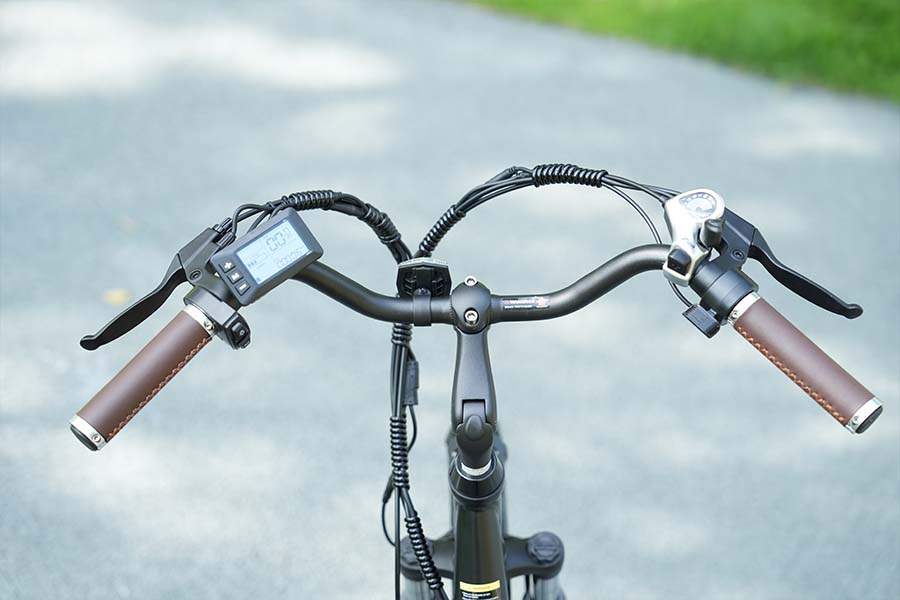
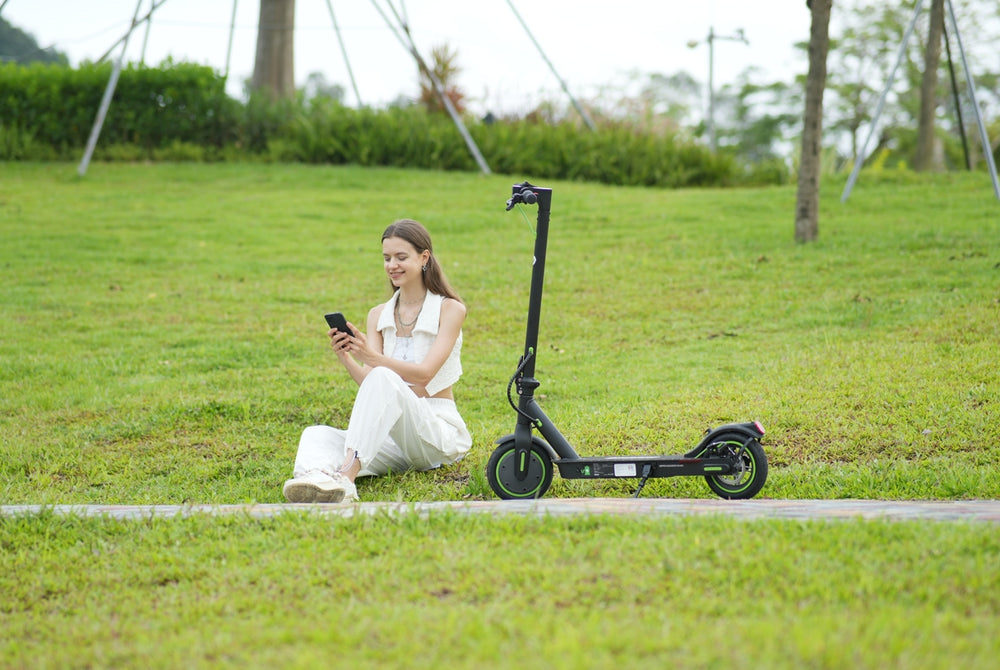

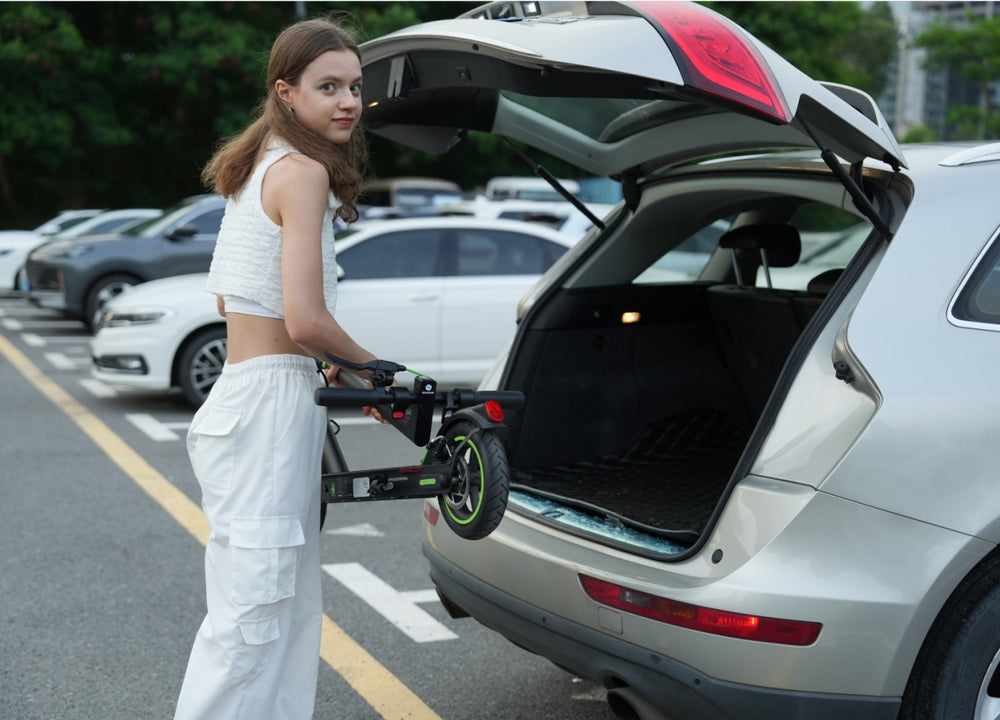


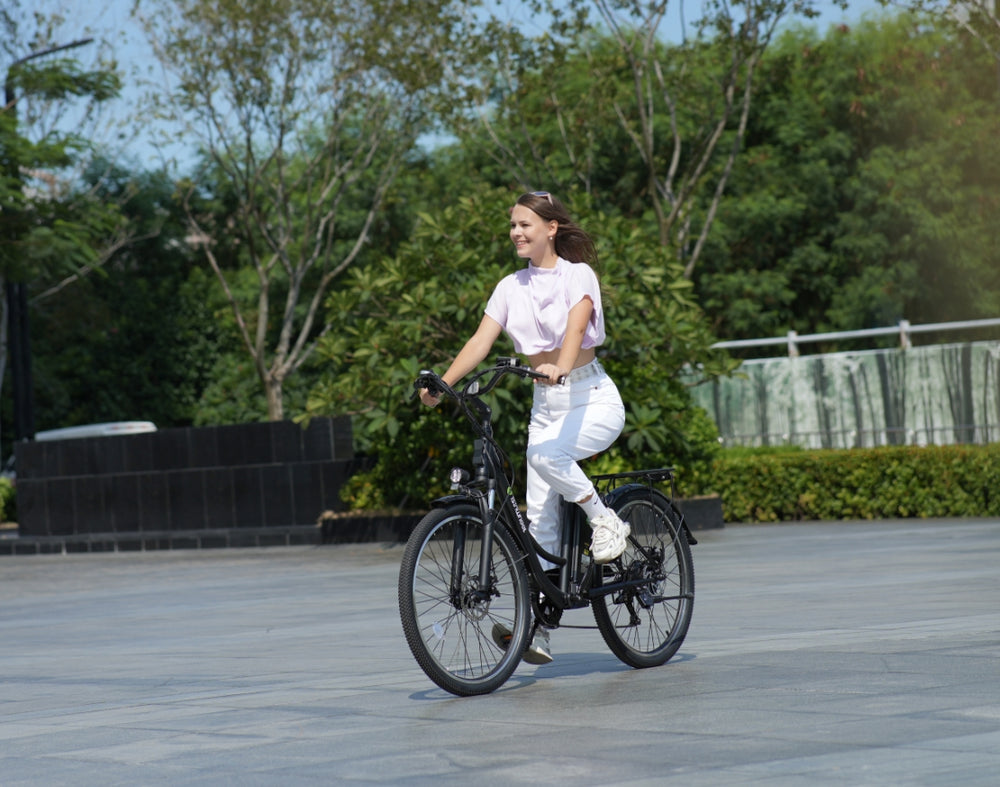

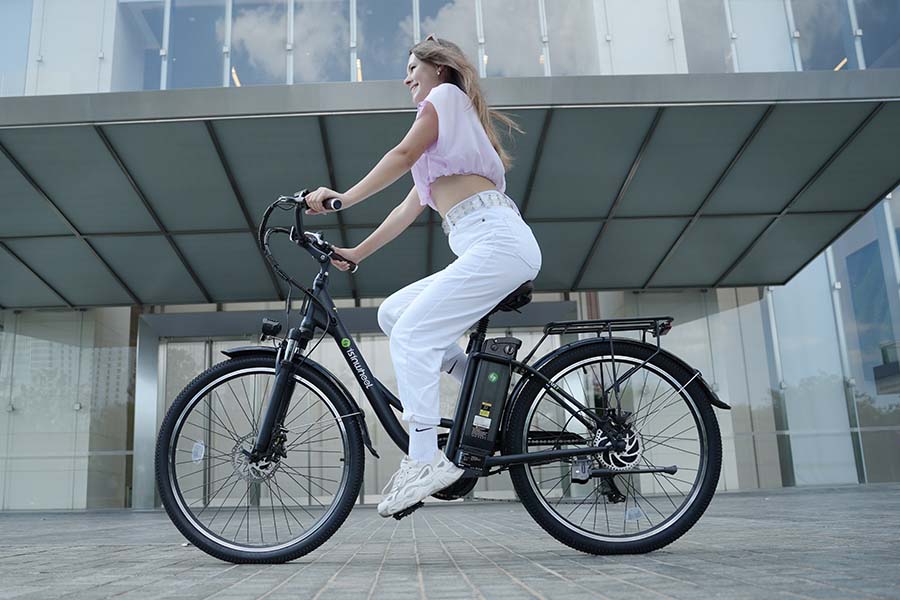


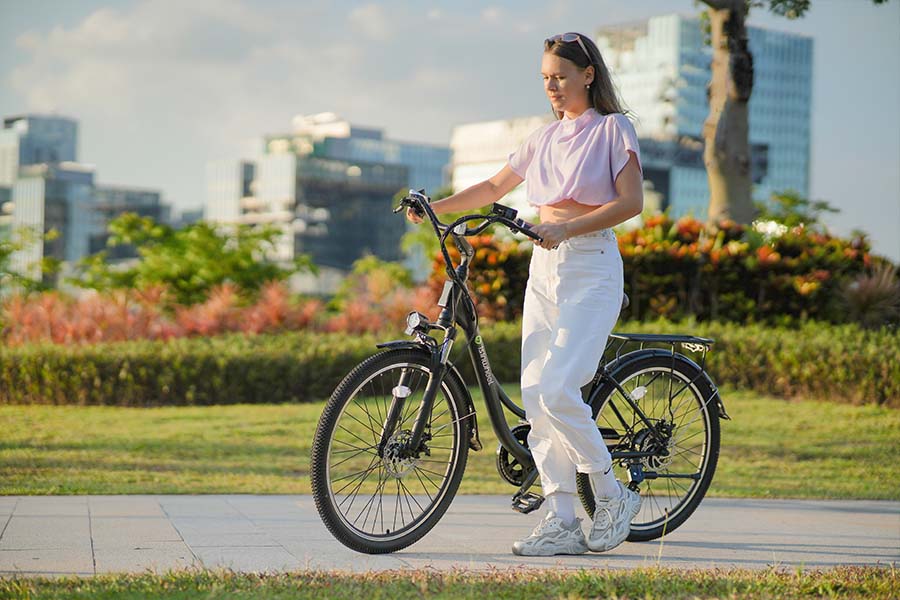
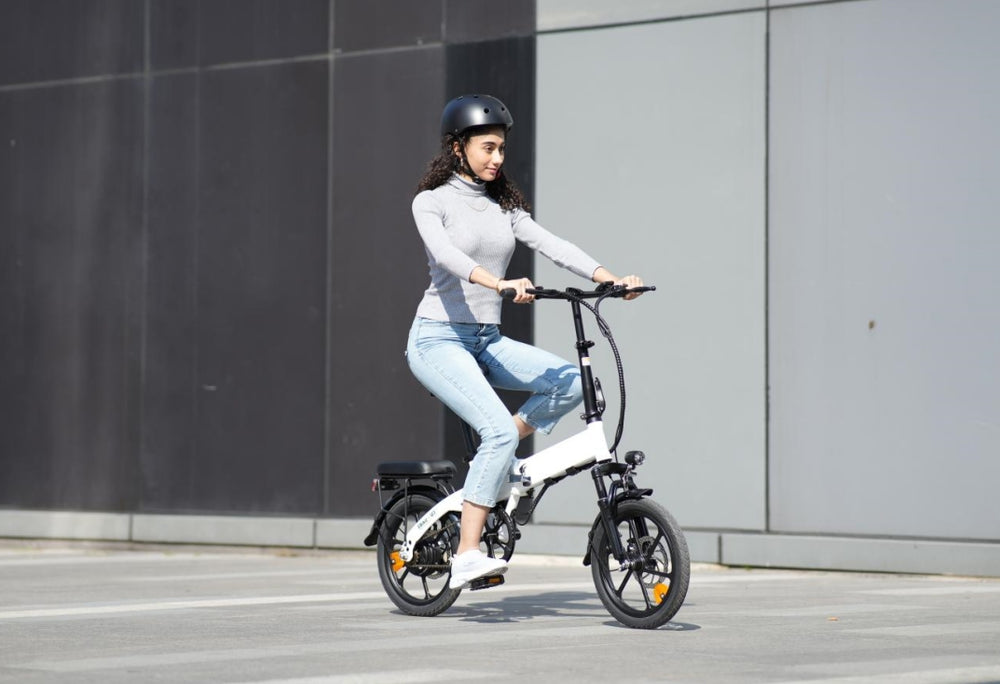

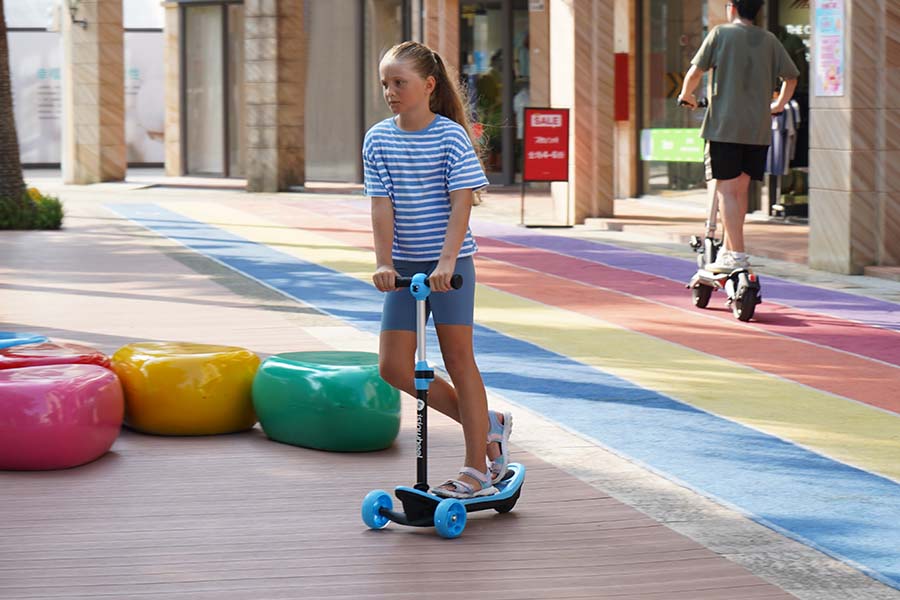

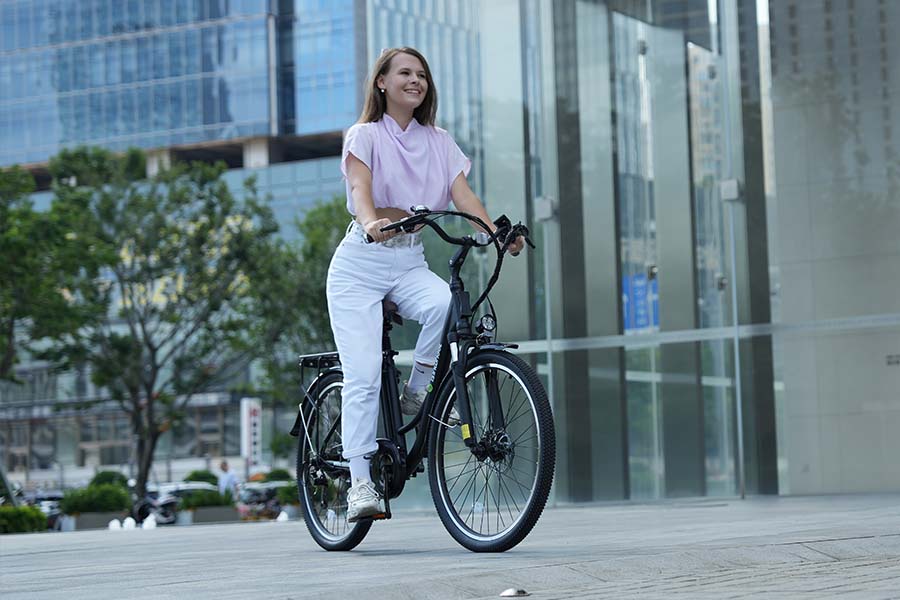


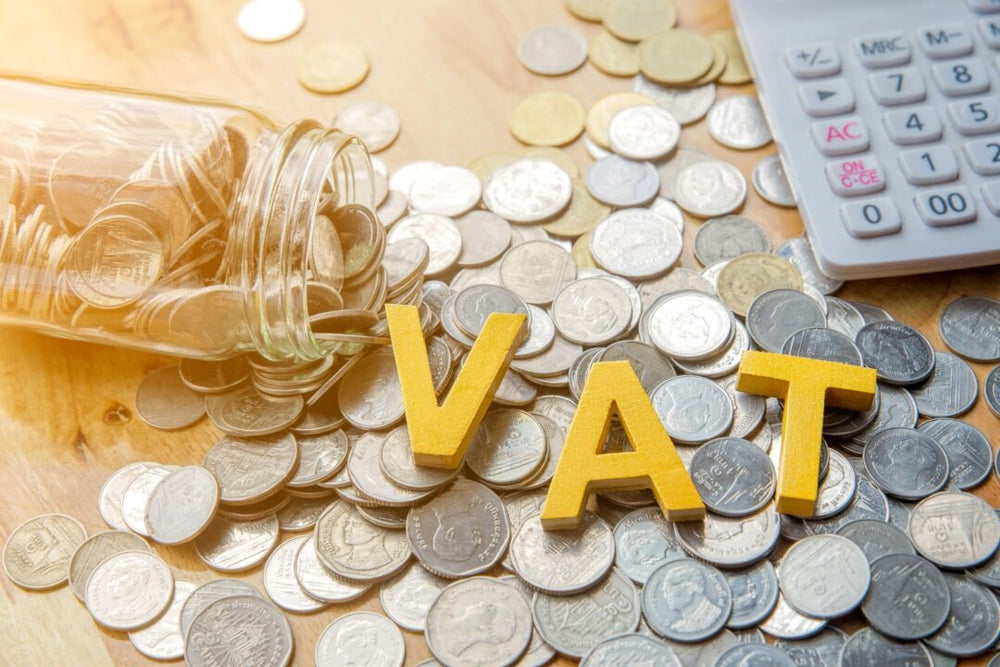
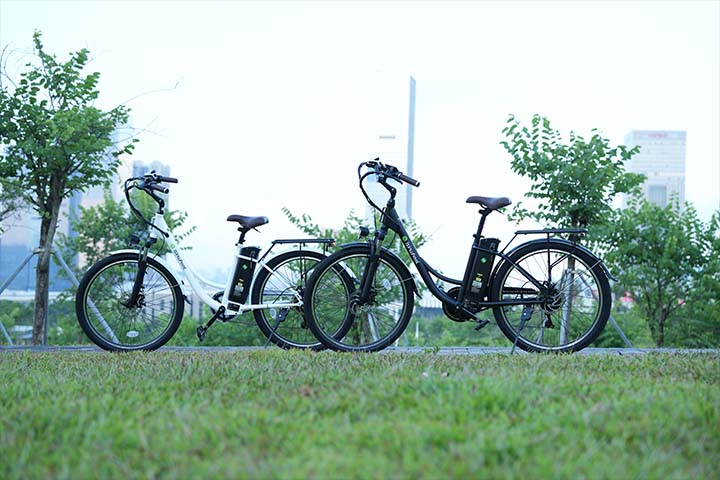

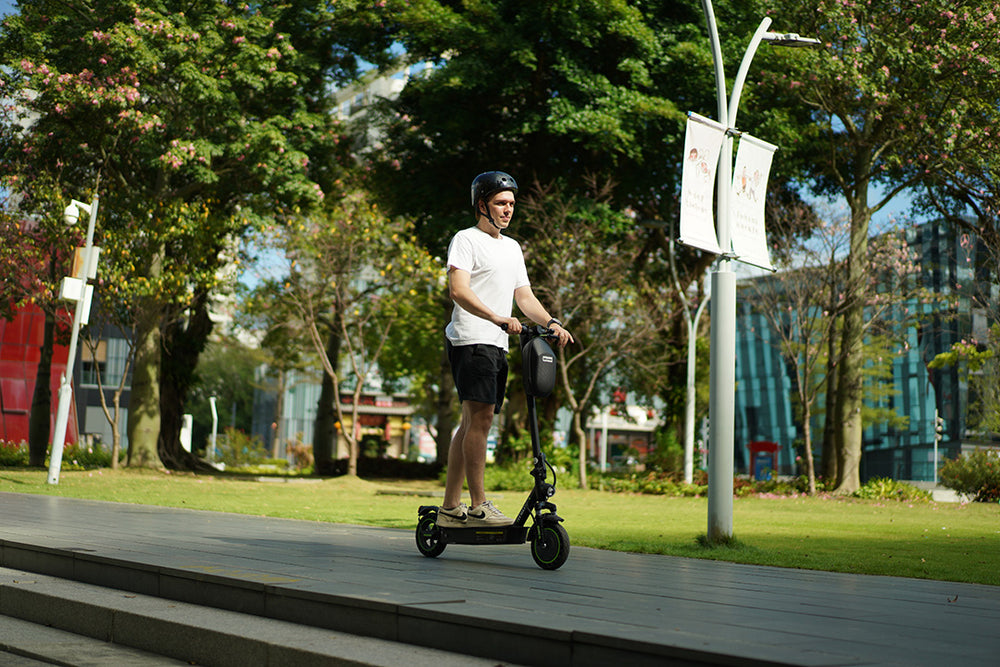
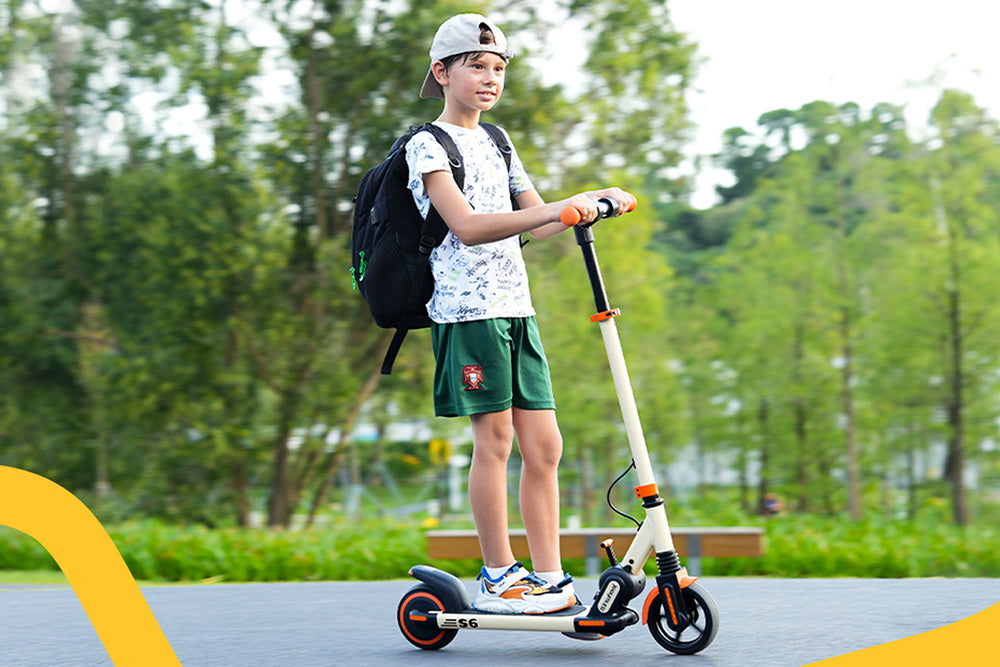
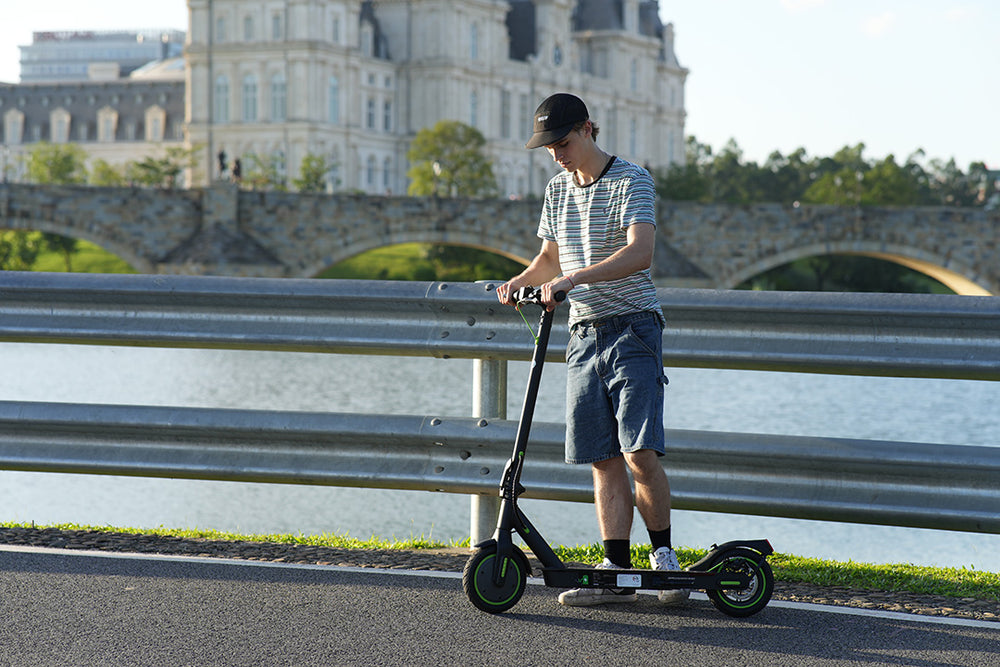
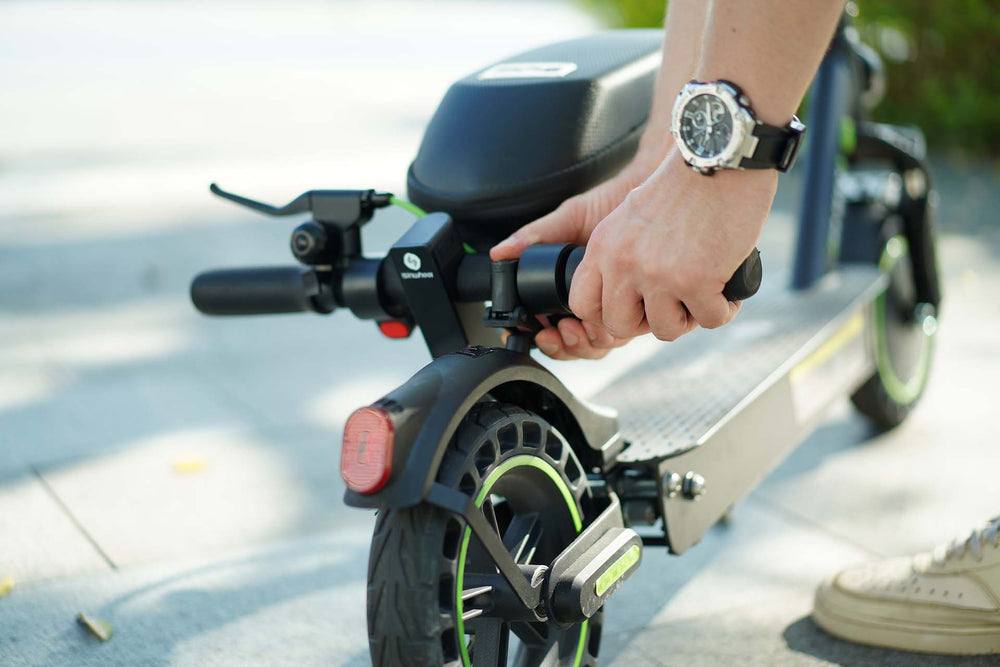




Leave a comment